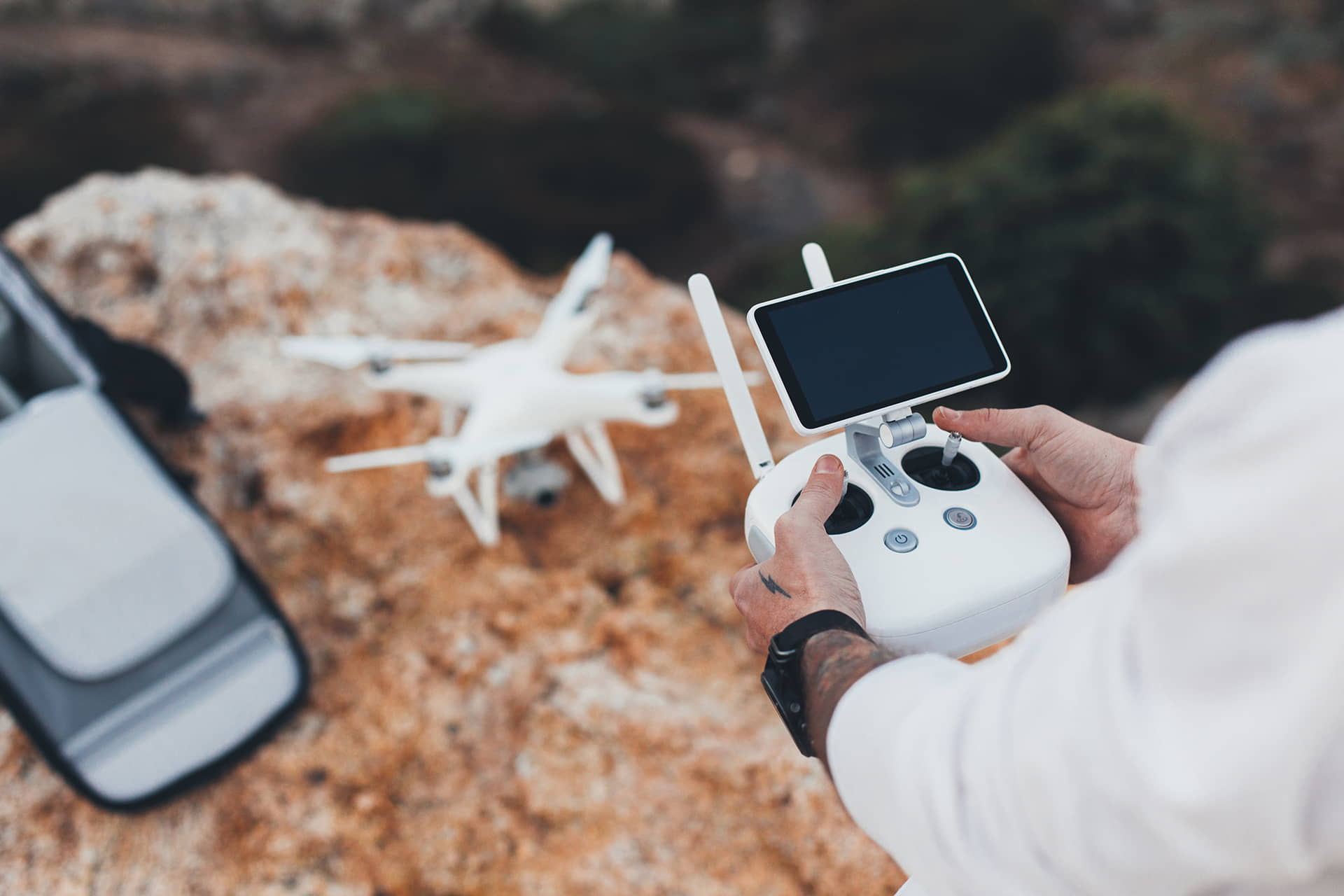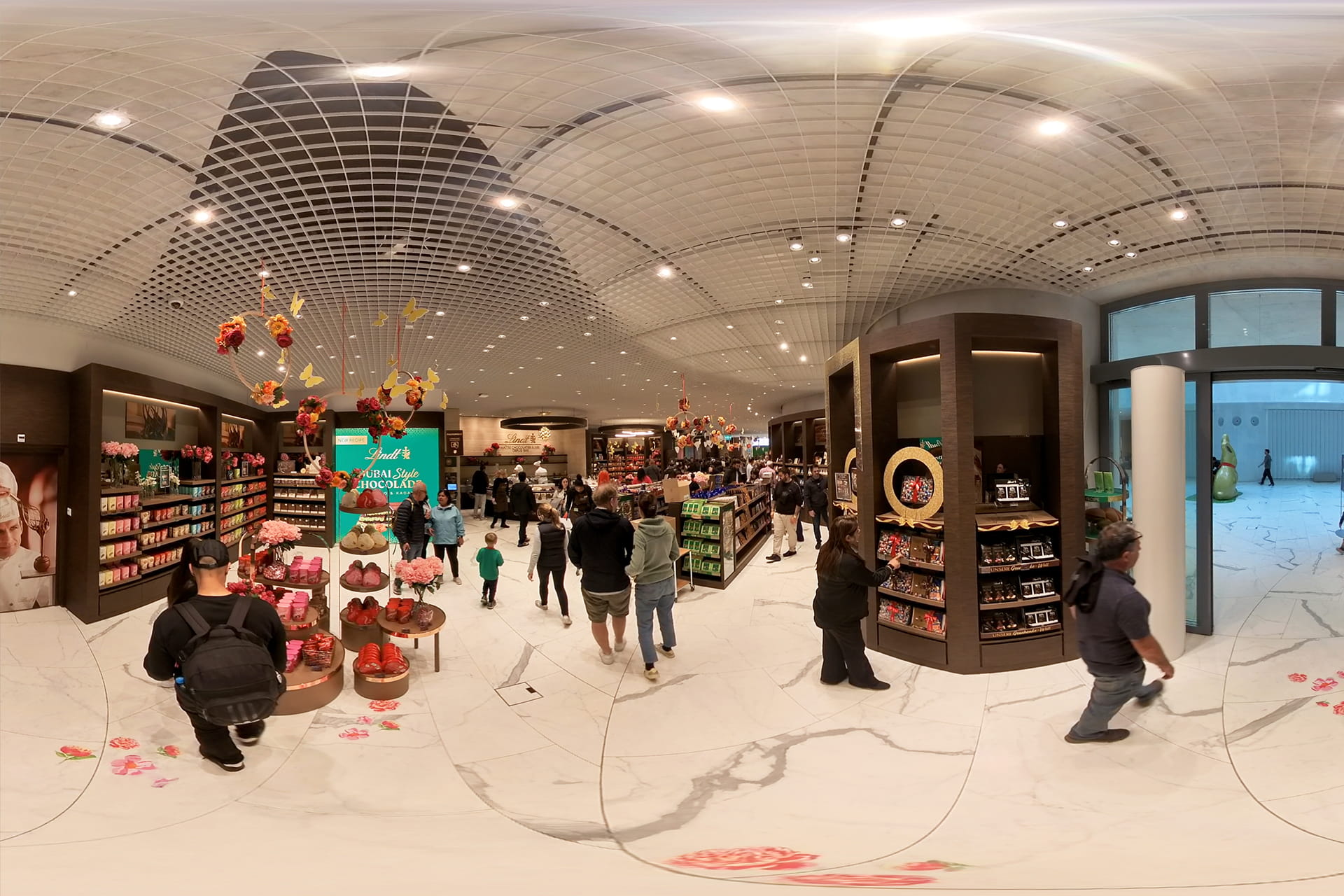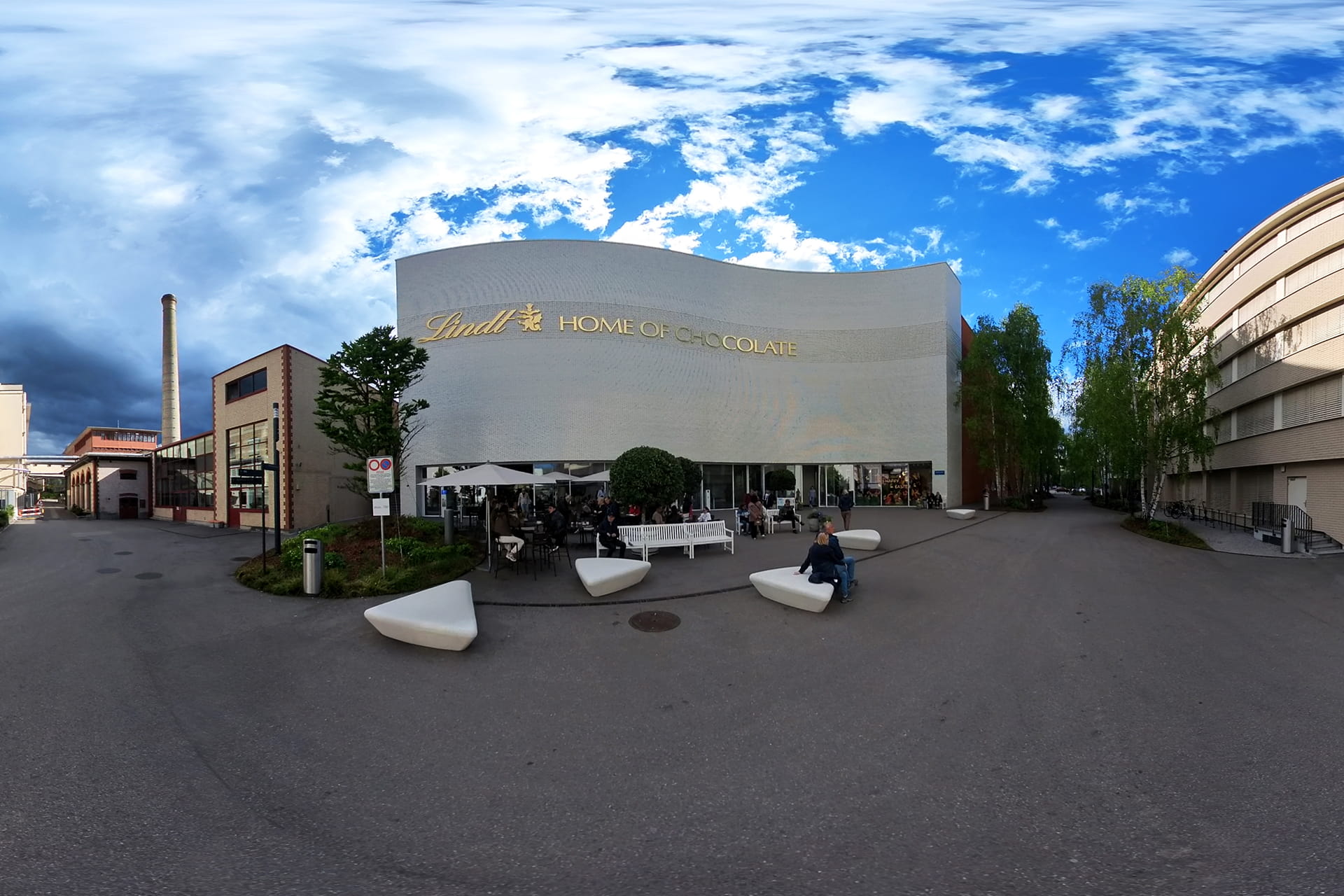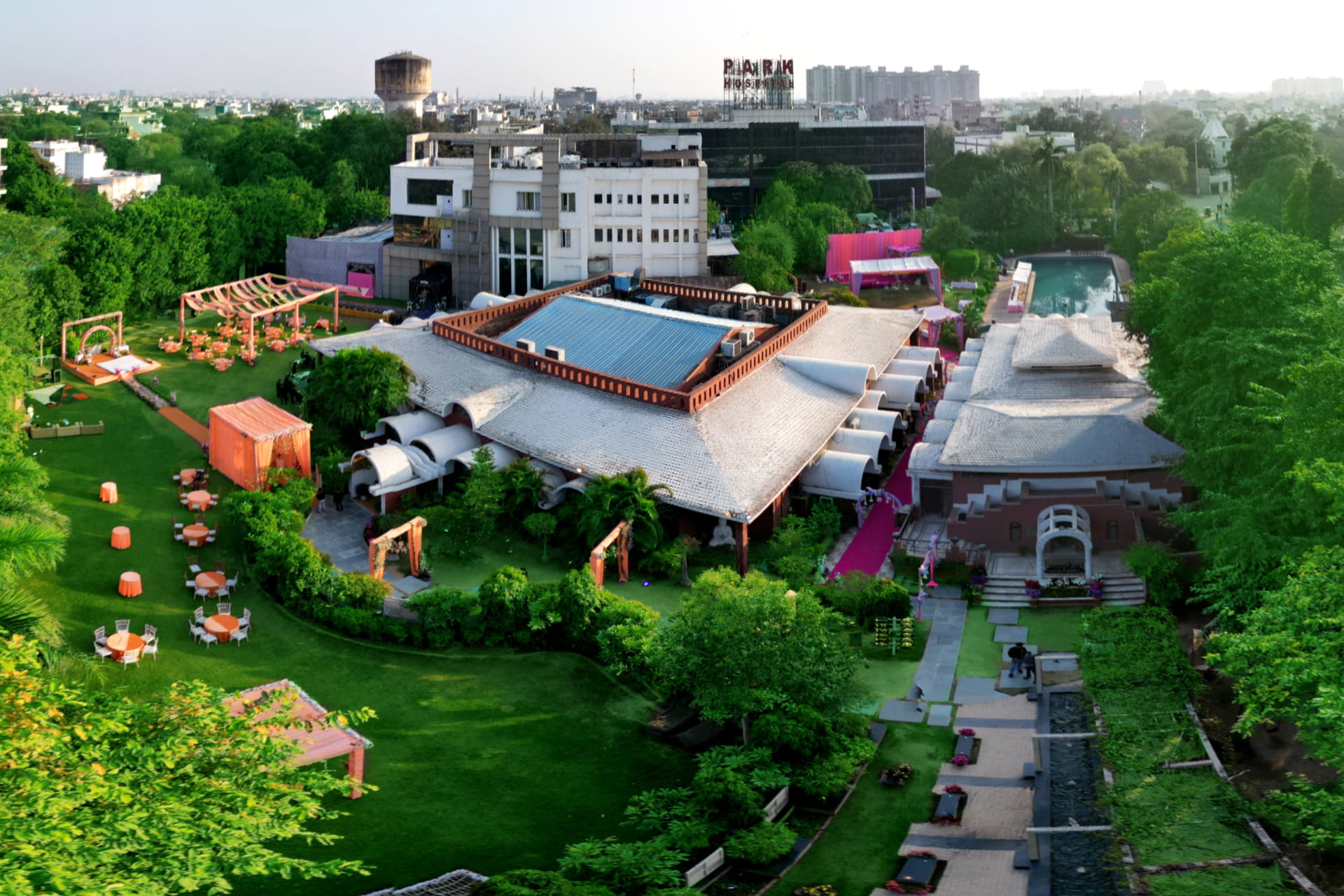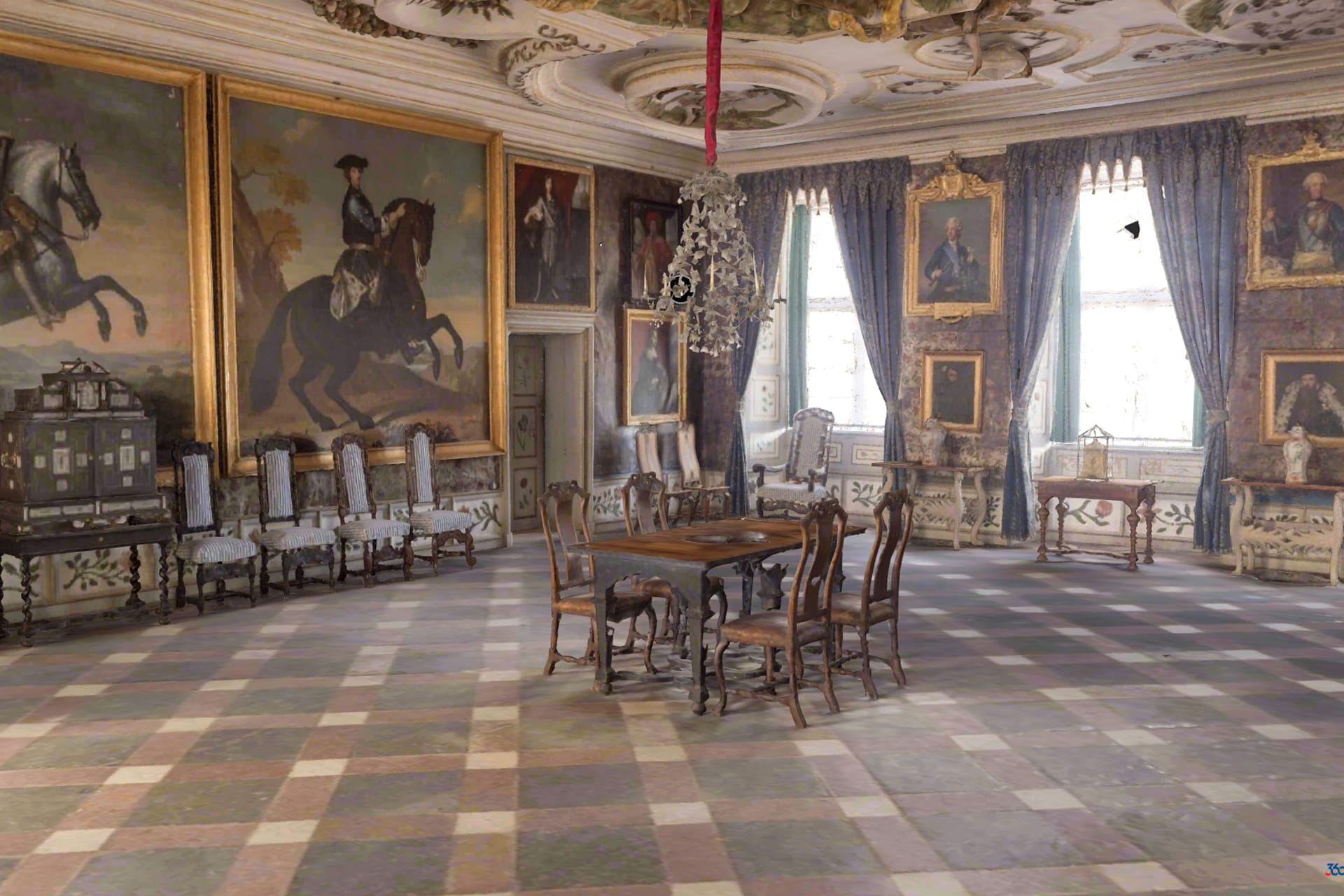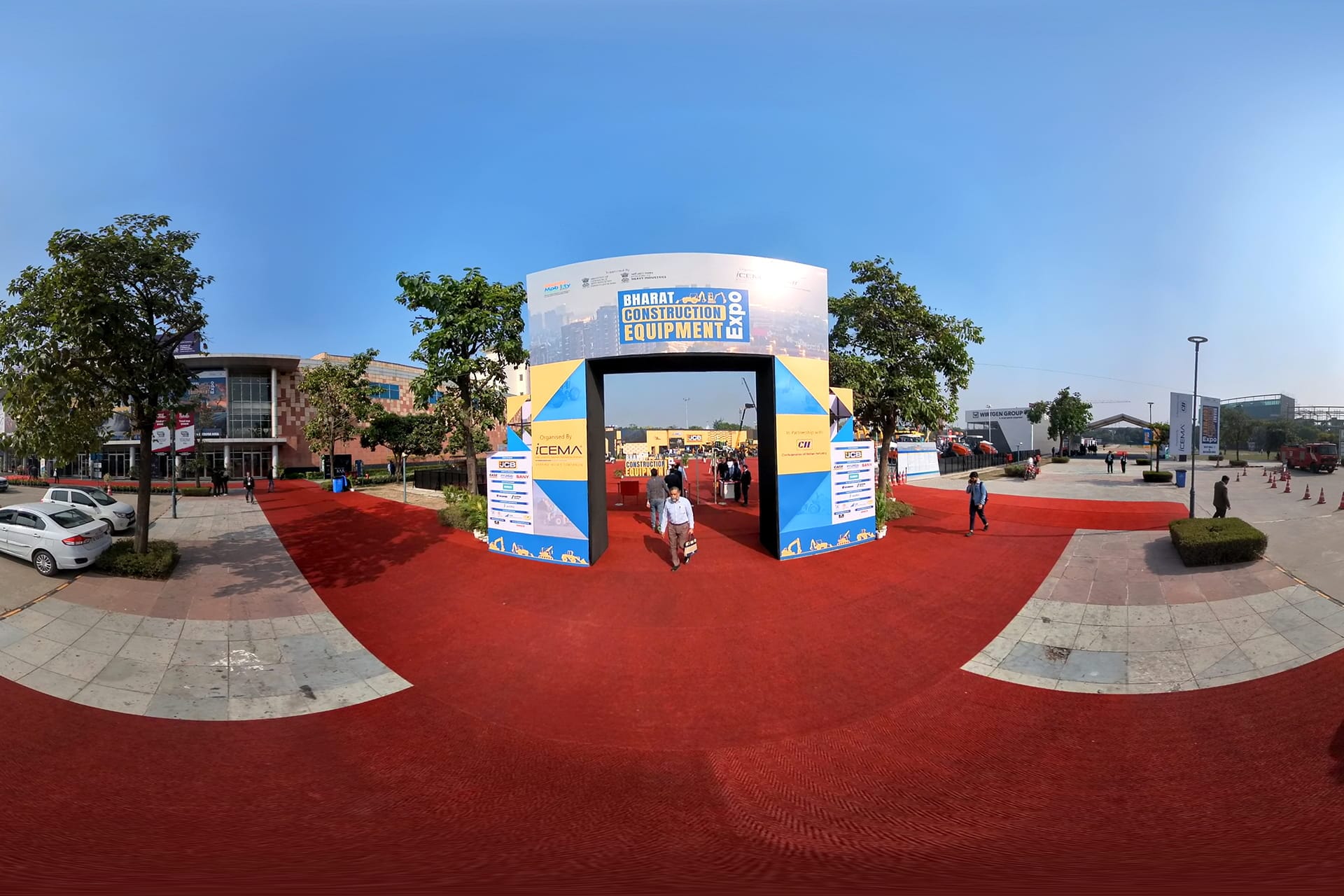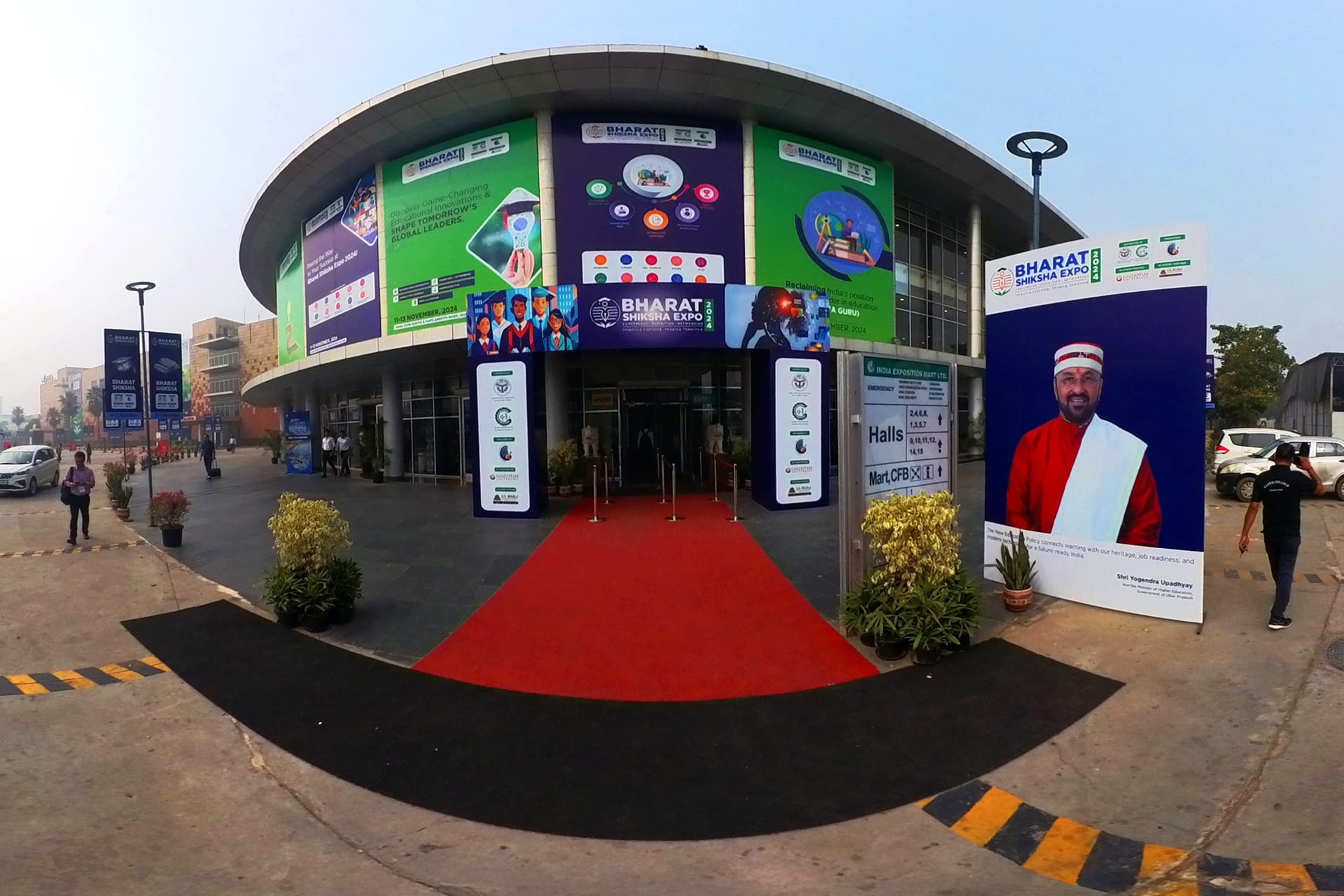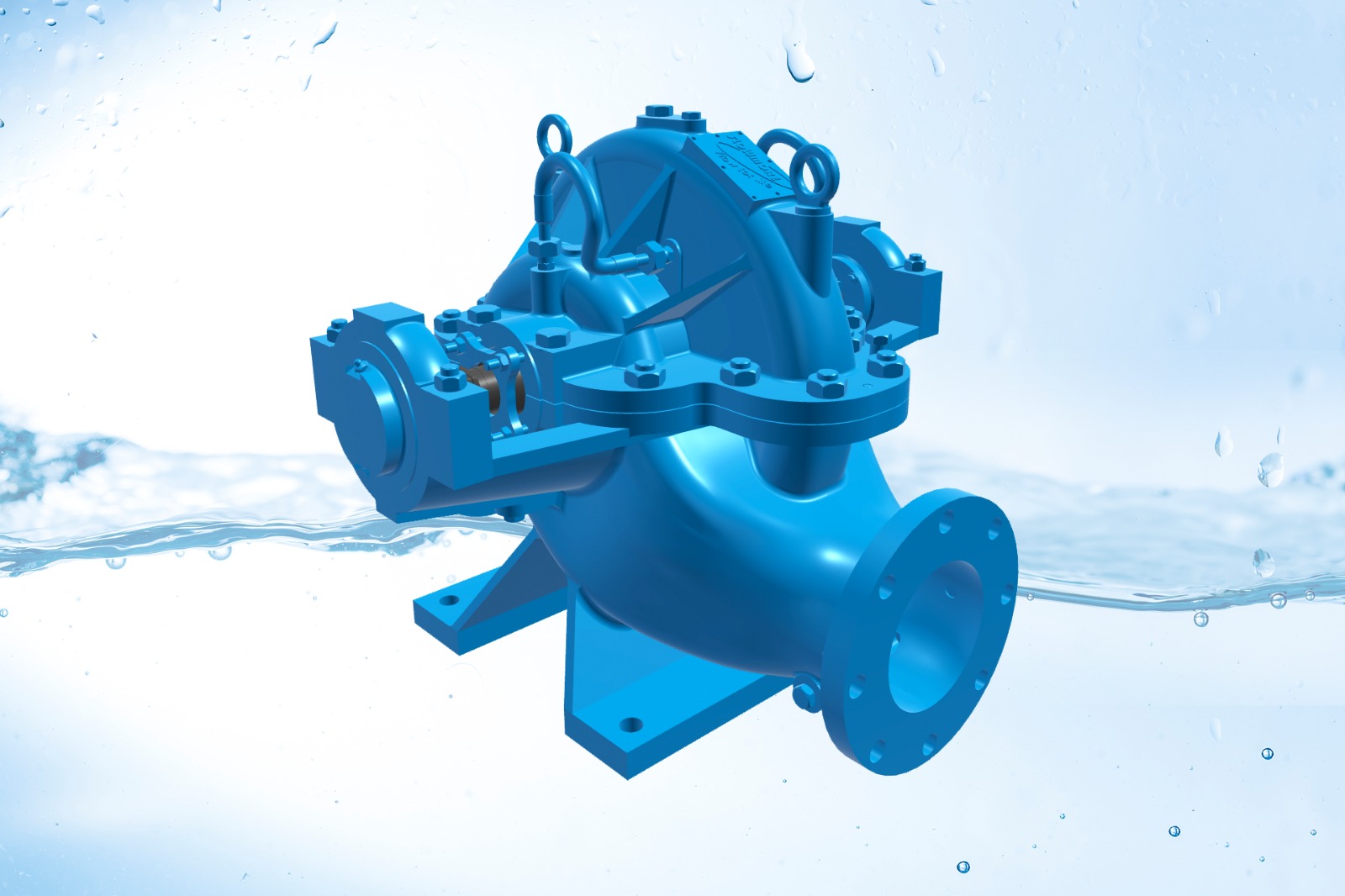As 360° drone photography and videography gain popularity, it’s crucial for operators to understand safety protocols and legal regulations. Ignoring these guidelines can lead to fines, legal issues, and safety hazards.
This blog covers essential safety measures, legal requirements, and best practices for capturing stunning 360° aerial images and videos while staying compliant.
1. Understanding Drone Laws
Drone regulations vary by country, state, and city. Key aspects include:
- Registration: Many countries require drones above a certain weight to be registered.
- Flight restrictions: Certain areas such as airports, government buildings, and national parks are often no-fly zones.
- Altitude limits: Most regulations restrict drones to specific heights (e.g., 400 feet in the U.S.).
2. Licensing and Certifications
- Commercial operators: Many countries require licenses for professional drone use, especially for commercial 360° photography.
- Training programs: Courses on flight safety, aerial photography techniques, and emergency procedures.
- Insurance: Liability insurance protects operators and clients in case of accidents.
3. Pre-Flight Safety Checks
Before every flight, conduct thorough safety checks:
- Inspect propellers, battery levels, and camera equipment.
- Check for obstacles or potential hazards in the flight path.
- Ensure weather conditions are safe for drone operation.
4. Safe Flying Practices
- Maintain line of sight: Always keep the drone in visual range.
- Avoid crowded areas: Minimize risk to people and property.
- Follow speed and altitude guidelines: Fly responsibly for smooth 360° capture.
- Emergency procedures: Know how to land safely in case of technical failure.
5. Privacy and Legal Considerations
- Avoid capturing private property without permission.
- Respect individual privacy in public spaces.
- Be aware of data storage and sharing regulations when handling images and videos.
6. Special Considerations for 360° Drone Photography
360° aerial imagery often captures wide surroundings, increasing potential privacy concerns:
- Use hotspots responsibly, ensuring sensitive areas are not exposed.
- Obtain permissions when filming events or crowded areas.
- Label or edit images to protect identities when required.
7. Benefits of Following Safety and Legal Guidelines
- Reduced legal risks: Avoid fines or penalties.
- Safe operation: Minimize accidents or damage.
- Professional credibility: Clients trust operators who follow regulations.
- Better quality footage: Safe flying ensures stable and consistent 360° captures.
Conclusion
360° drone photography offers incredible immersive visuals, but safety and legality are non-negotiable. Understanding regulations, conducting pre-flight checks, and respecting privacy ensures stunning results without risk.
At 360Biznus, we specialize in 360° drone photography and videography, adhering strictly to all safety and legal guidelines, delivering professional, compliant, and breathtaking aerial content.
Get in Touch
Whether you want to develop a new 360 Virtual Tour, 3D Product Display, 360 Product Spin Photography, Google 360 Street View or update an existing 360 Virtual Tour, we're eager to assist.
Call / Email Us / fill in the form below.


